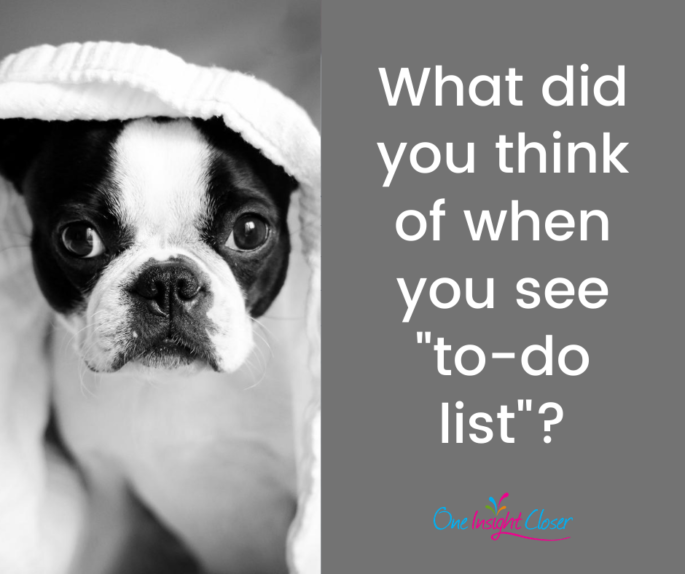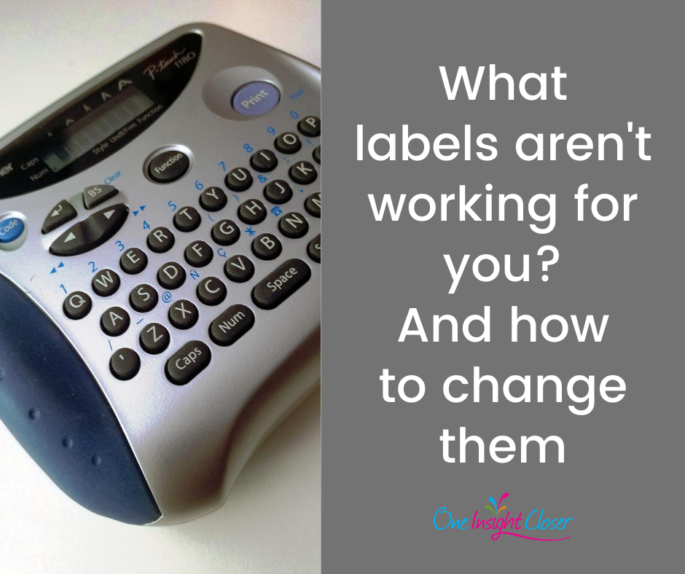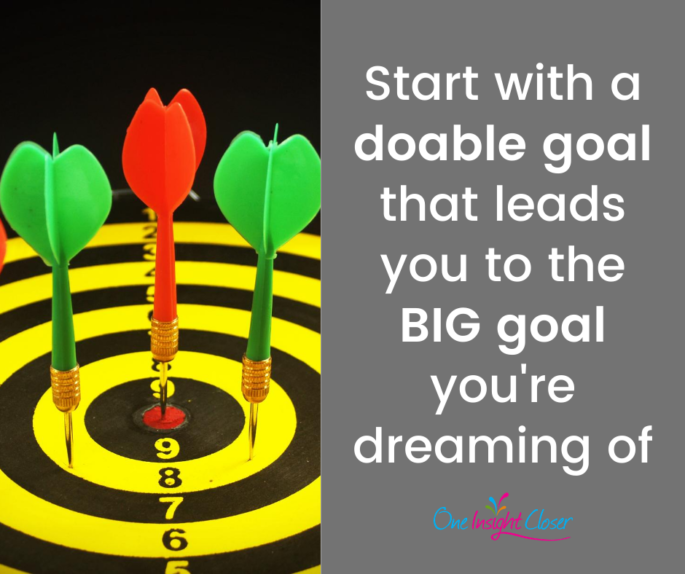I’ve realized that what I mean when I say “to-do list” isn’t usually what people hear.
What did you think of when you read “to-do list”? Type it in the comments below before you continue reading.
Generally, people think of a “to-do list” as the piece of paper with the tasks or projects that they hope to accomplish for the day. Or that list in their head. Or it’s the exhausting list of EVERYTHING that needs to get done.
For me, a “to-do list” is a system.
This system encompasses my intentions, goals, quarterly plans, current month plans, week plans, and today’s plans.
It’s the reason I’m able to regularly send out birthday cards, stay on top of bookkeeping, and a lot of other things.
It’s the reason I have fewer things to do, but the things I do have more impact.
It helps me manage my time and expectations.
This system didn’t appear overnight and solve many of my time and attention problems.
The first version that worked well for me developed over the course of a year.
In that year, there were a couple of ways I kept track of things that didn’t last long, but they were important for me to try. They helped me figure out what didn’t work for me, and what about them did work for me.
This important period of trying things that ultimately didn’t work led me to a system I used for about 18 months. Then it needed to be adjusted.
A system will work well for me for 18 to 24 months, and then I need to tweak something. One tweak was to move my system from all paper to a OneNote and paper combination. Most recently, it was a format change in OneNote.
If your to-do list is one piece of paper with today’s tasks on it or a LONG list of everything, then I encourage you to consider what your to-do list system might look like.
Start by thinking about what you will remember to check daily or already check daily.
Other questions to consider: Is it all on paper? Maybe in a notebook or a binder? Is it all electronic? Does it sync to your phone? Is it a hybrid of paper and electronic? What part lives where? How is it laid out?
It doesn’t need to be perfect. It’s just a place to start and build from.
Of course, if you want help creating your to-do list system, reach out and let’s talk about it. Just comment below.




